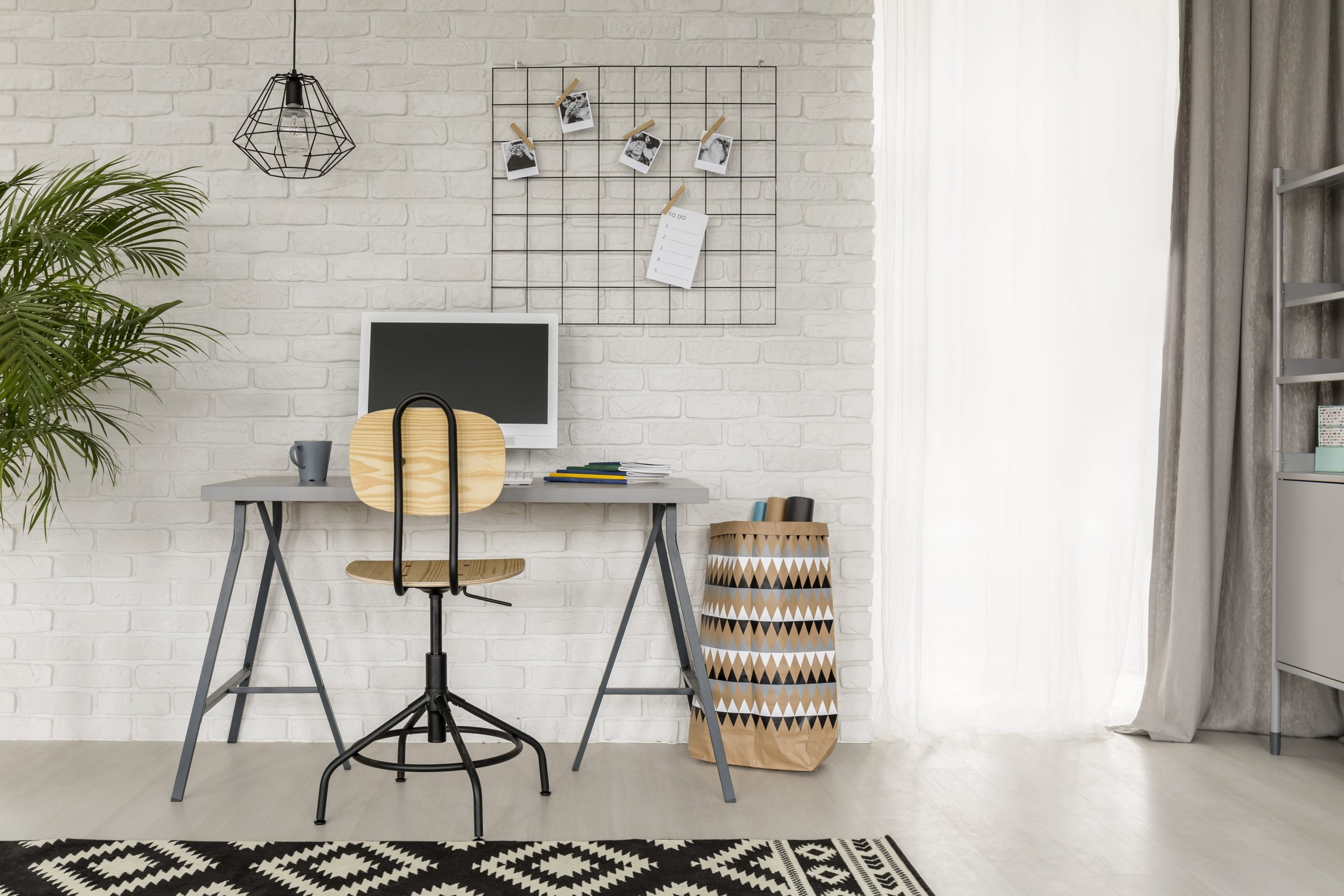Are you struggling to find a place to study at home? Do you feel like your bedroom is too cluttered and distracting, or that the kitchen table is just too small? If you’re looking for some inspiration to create the perfect study space in your home, read on!
First, consider the location of your study space. It’s important to find a place that is quiet and away from any distractions. If you don’t have an extra room that you can dedicate to studying, try to find a corner in your house that is relatively calm and secluded. Once you’ve found the perfect spot, it’s time to start thinking about the design of your study space.
Here are a few tips to help you get started:
1. Keep it simple. When it comes to studying, less is definitely more. A cluttered and chaotic space will only serve to distract and frustrate you. So, keep things simple and clean. Stick to a neutral color palette and avoid any excess decor.
2. Make it comfortable. Since you’ll be spending a lot of time in your study space, it’s important to make it as comfortable as possible. Invest in a good chair that provides proper support for your back and legs. And don’t forget a cozy throw blanket for those chilly nights spent studying!
3. Create a functional layout. Take some time to think about how you want to arrange your furniture and supplies. Everything should have a designated spot so that you can easily find what you need when you need it. And be sure to leave plenty of open space so that you can spread out your books and papers.
4. Incorporate storage solutions. A well-organized study space is key to keeping your focus while you work. So, be sure to include plenty of storage solutions in your design. Bookshelves are a great way to keep all of your materials organized and within reach. And baskets or bins can help corral smaller items like pens, pencils, and highlighters.
5. Add some personal touches. Finally, don’t forget to add some personal touches to your study space! Hang some art on the walls or display photos of your friends and family to help motivate and inspire you. And if you have any special mementos or items that make you happy, be sure to incorporate them into the design as well!
How can I design my room for studying?
When it comes to studying, having a dedicated space to do so can make a big difference in your focus and concentration. If you’re struggling to focus in your bedroom or living room, it might be time to consider designing a dedicated study space.
Here are a few tips to help you get started:
1. Make sure you have enough light. Natural light is ideal, so if your room has windows, make sure they’re not covered by curtains or blinds. If you don’t have access to natural light, make sure you have plenty of artificial light sources, like lamps or overhead lighting.
2. Create a comfortable environment. Your study space should be comfortable enough that you can spend hours there without getting antsy or restless. Consider things like furniture, temperature, and noise level when making your decisions.
3. Keep it organized. A cluttered space will only serve to distract you from your studies. Make sure your desk is clear of any non-essentials and that any materials you do need are neatly organized and within reach.
4. Incorporate personal touches. This is your space, so make it feel like yours! Add personal touches like photos, artwork, or plants to make it feel more inviting and comfortable.
With these tips in mind, you should be well on your way to designing the perfect study space for yourself. So what are you waiting for? Get started today!
What is the ideal size of a study room?
The average study room is about the size of a small bedroom, and the ideal size of a study room depends on the needs of the person using it. For example, someone who needs a lot of space for a desk, bookcases, and other storage furniture might prefer a larger study room, while someone who only needs a desk and chair might be able to get by with a smaller one.
When determining the ideal size of a study room, it’s important to consider how the space will be used. If you plan to use the room for meetings or other events, you’ll need to make sure it’s large enough to accommodate your needs. If you’re only using the space for studying, you can get by with a smaller room.
The ideal size of a study room also depends on the number of people who will be using it. If you’re the only one who will be using the space, you can get by with a smaller room. However, if you plan to share the space with others, you’ll need to make sure it’s large enough to accommodate everyone comfortably.
Finally, consider your budget when determining the ideal size of a study room. Larger rooms will cost more to heat and cool, so if you’re on a tight budget, you might want to stick with a smaller space.
No matter what your needs are, there’s an ideal size of a study room out there for you. It’s just a matter of finding the right one for your needs.

